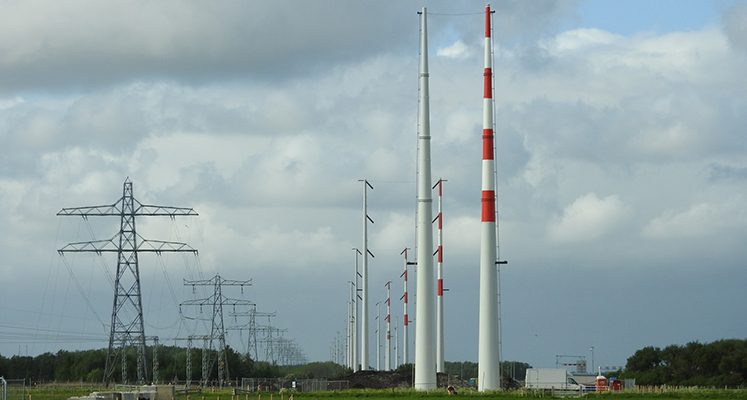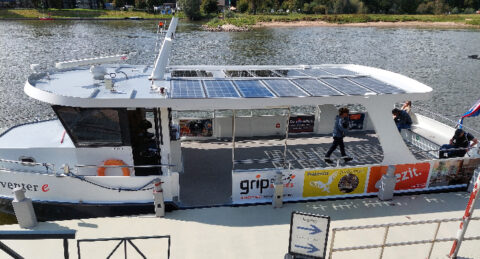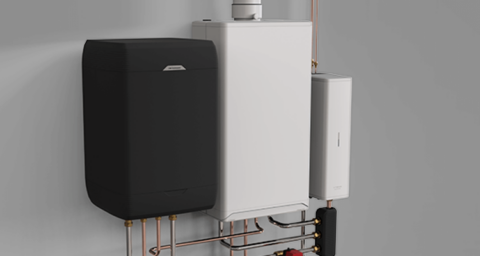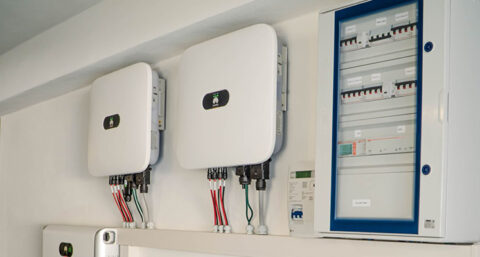Dutch grid operators present their most ambitious investment plans ever. Never before has so much been invested in expanding and maintaining the electricity and gas networks, among other things. Liander, too, is making record plans: in the period 2024-2026 it is going to invest over 4 billion euros. The investment plan shows an increase of 16% compared to the previous plan.
At the same time, the Netherlands is in the midst of the biggest transformation of the energy system and developments are moving faster than grid operators can expand electricity networks. Without acceleration in execution, Liander anticipates that not all the required work can be carried out in time. This involves some 25% of the total work package.
Electricity grids are under pressure. Consumers are increasingly driving, heating and cooking electrically. And large, industrial customers are also electrifying their fossil processes on a large scale. First of all, this is good news for the energy transition, but far-reaching grid expansions are needed to serve all these customers. In fact, in more and more places, the maximum capacity of the grid has been reached or is in sight. To determine where and when the energy infrastructure will be built, expanded and maintained, network operators publish their investment plans every two years. These state which projects will be completed in the next 10 years and how much investment is involved.
In the period to 2033, Liander expects to lay nearly 40,000 kilometers of electricity cable, install and renew 23,000 transformer houses, build 48 new, large electricity distribution stations and expand 49. And build another 62 smaller electricity substations and expand 82.
Making choices
Despite sharply increasing investments, the current way of working and the current available number of technicians will not succeed in meeting the climate goals. To meet full demand, Liander would have to carry out 25% more work through 2033. Now that the energy transition is underway, it is becoming clear that the changes required are much more radical and difficult to achieve than all the 'normal' changes that we as grid operators and as a society have realized in recent decades. After all, the energy transition is much more than coal plants off, wind turbines on.
"There are ambitious climate plans in place," says Chief Operating Officer (COO) Marlies Visser. "But the demand for electricity is growing faster than the rate at which we can add to it. That means priorities have to be set and we have to accept that not everything is possible in the short term. At the same time, accelerating implementation is essential. An unprecedented scaling up and 'industrialization' of implementation is needed. Network operators are going to scale up considerably and want to take a neighborhood-by-neighborhood approach with municipalities and contractors in order to increase the speed considerably. In addition, the lead times for permits, for example, must be significantly reduced and the energy infrastructure must be included directly in the development of residential areas or business parks. Today, the joint network operators are making a concrete gesture to accelerate the process, and outgoing Climate and Energy Minister Jetten also recently announced drastic measures. The implementation deserves our full attention, on the way to a sustainable energy system."
And just building extra isn't the solution. It involves a major systemic change, which requires all of us to think, act and organize differently. For example, by making energy consumption more flexible, such as rush-hour avoidance. A lot of work has already been done in recent years, but more is needed to achieve the necessary system change.
National Implementation Agenda
Grid operators are scaling up strongly and building as much infrastructure as possible. But more is needed. Implementation must accelerate. This is only possible by working together - network operators, contractors, clients and (co)governments - differently. In the National Implementation Agenda released today by the joint regional network operators, the network operators make a start on how to realize this acceleration from now until 2035-2040 and offer perspective to all energy users, from industry to consumers.
Together with municipalities and market participants
Grid operators make the investment plans in consultation with stakeholders, such as municipalities and market players. This edition includes provincial energy plans (pMIEK) for the first time. The Investment Plans are now up for consultation and will be submitted to the Authority Consumer and Market (ACM) on January 1.
In the coming period, grid operators are in discussions with stakeholders to improve and sharpen both the investment plans and the implementation agenda to accelerate electricity grid expansion.











